Alternative names Gołąb or Hulupki Serving temperature Hot | Course Appetizer, Main | |
Similar Cabbage, Rice, Onion, Bigos, Pierogi | ||
Polish cooking go bki
Gołąbki [ɡɔˈwɔmpki] is a cabbage roll common in Polish cuisine made from lightly soft-boiled cabbage leaves wrapped around minced pork or beef, chopped onions, and rice or barley, which are baked in a casserole dish and are usually served with a creamy tomato sauce.
Contents
- Polish cooking go bki
- Cabbage rolls polish go bki easy to follow step by step tutorial
- Other names
- References
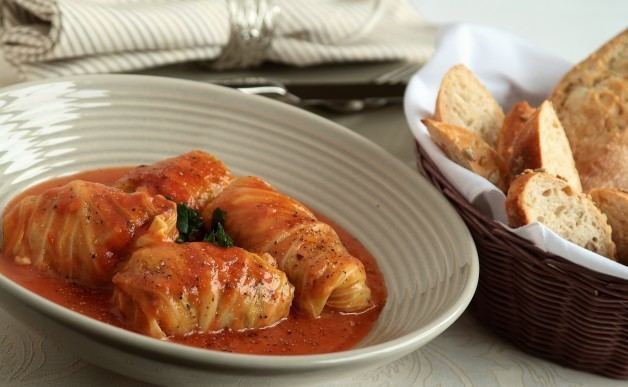
Gołąbki is the plural of gołąbek, the diminutive of gołąb, meaning "pigeon", referring to the fist-sized or smaller roll's shape.
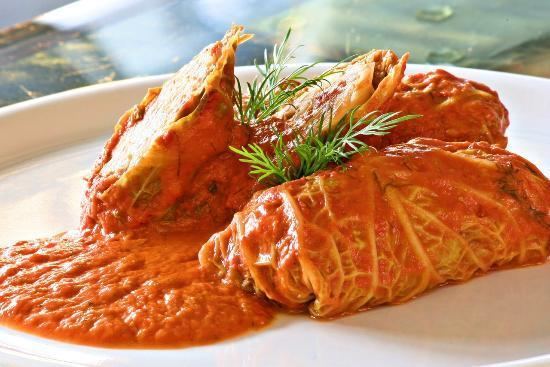
Gołąbki are often served during the Christmas season and on festive occasions such as weddings. They are also a featured dish for family reunions amongst Polish Americans.
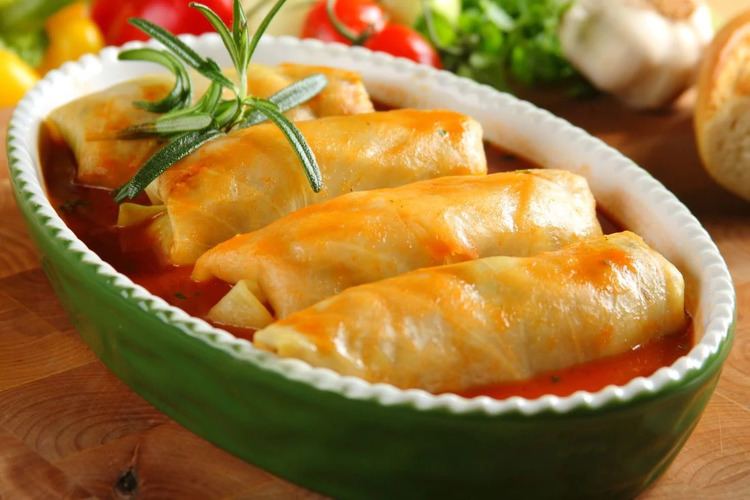
Polish myth holds that the King of Poland and Grand Duke of Lithuania, Casimir IV, fed his army with gołąbki before a key battle of the Thirteen Years' War outside of Malbork Castle against the Teutonic Order, victory stemming from the strength of the hearty meal.
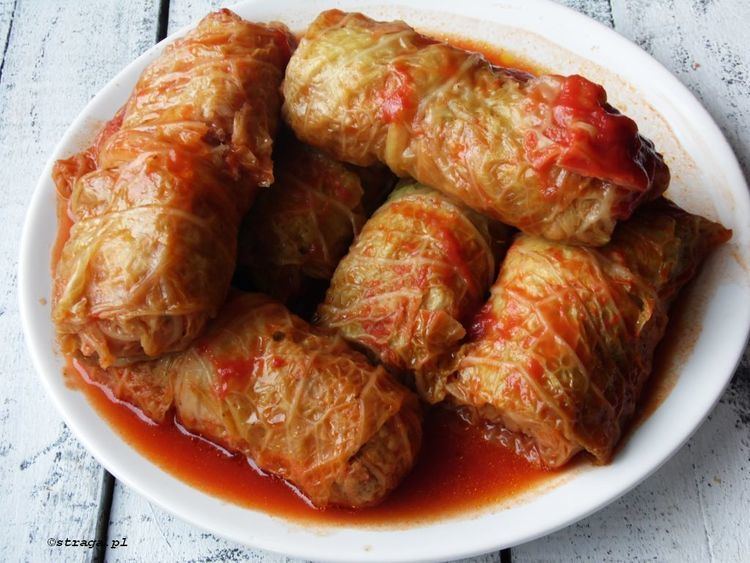
Cabbage rolls polish go bki easy to follow step by step tutorial
Other names
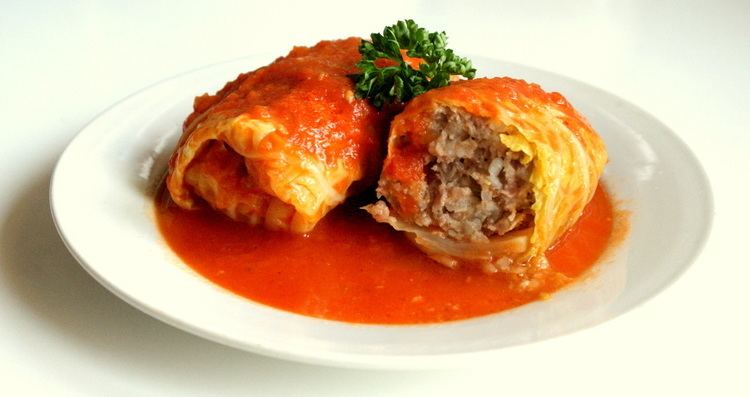
Gołąbki are also referred to as golombki, golumpki, golabki, golumpkies, golumpkis, gluntkes, or gwumpki. Similar variations are called holubky (Slovak), töltött káposzta (Hungarian), holubtsi (Ukrainian), golubtsy (Russian), balandėliai (Lithuanian), Kohlrouladen German (or sarma a Turkish loan-word, commonly applied to some Southern Slavic versions, particularly in the Carpathian and Balkan regions), kåldolmar (Sweden, from the Turkish dolma). In Yiddish, holipshes, goleptzi golumpki and holishkes or holep are very similar dishes. They are also referred to as "pigeons" (England and the Pennsylvania Anthracite Coal Region).
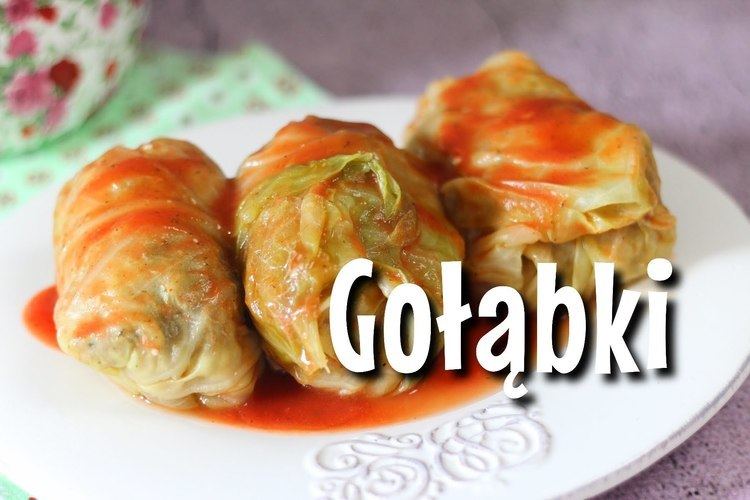
In the United States, the terms are commonly Anglicized by second- or third-generation Americans to "pigs in a blanket", "piggies", "stuffed cabbage", "stuffed cabbage leaves", or "cabbage casserole".
